CorvSport Spotlights The Top 5 Coolest & Most Impressive Callaway Corvettes
It's probably no surprise what our top pick for the coolest and most impressive Callaway Corvette is--check out the full list!
Owner: Reeves Callaway / Founded: 1977, Old Lyme, CT / Headquarters: Old Lyme, CT / Website: callawaycars.com
If you're into Corvettes, you've likely heard of Callaway Cars. The Connecticut-based constructor specializes in turning normal Corvettes into high-powered speed machines that make supercars look slow. You have probably heard of their most famous creation ever, the C4-based Sledgehammer, which is still the fastest Corvette ever created. The Sledgehammer solidified Callaway as one of the all-time great Corvette specialists of the world, setting a record-breaking top speed of 254.76 mph back in 1988 test. By the mid 1980s the Chevrolet Corvette wasn't really a true performance machine and it was getting trounced by European sports cars of the era. It would take a third-party tuner called Callaway to unlock the insane horsepower and crazy top speeds available from the Corvette platform. There were two keys to the Callaway success story. The first was developing a reliable twin-turbo kit that could be installed on a factory Corvette, adding 100hp to a standard Corvette and getting torque up to a meaty 465 lb-ft mark, which made the Corvette incredibly quick and finally brought it into the conversation alongside world-class performance cars like Porsche and Ferrari. The second crucial aspect of the Callaway strategy was partnering with General Motors to make its twin-turbo package available to Chevrolet customers ordering a Corvette through any dealership. Specifying the RPO code B2K would not only install the upgrade but it would ensure full warranty protection from GM itself, which was not something any other tuner on the market was able to offer. That started Callaway on its way to becoming THE tuner in the Corvette world and the company has never looked back.
The late 1980s was the start of a golden age not just for Callaway Cars, but for Corvette performance in terms of the B2K Twin Turbo package. Not content to rest on its laurels, by 1988 Callaway's twin-turbo setup would be further developed to produce 347 horses and by 1991, Callaway Cars would boost output on its twin-turbo offering to 403 horsepower. This was the final year of the B2K option, as General Motors had created its own ZR-1 Corvette by tagging in corporate partner Lotus Engineering to create a 375hp, 32-valve dual-overhead camshaft version of its V8 engine dubbed the 'LT5.' In 1988, eager to make a bigger name for itself, Callaway created the Sledgehammer, a car that would boast 898hp, feature its own unique aero kit, and feature a new set of suspension upgrades to go with its ferocious drivetrain. Since then, Callaway has created a constant stream of Corvette conversions and upgrades, innovating and driving insane levels of performance with each new generation of cars. Below, we take you through all the Callaway Corvette models in-depth.
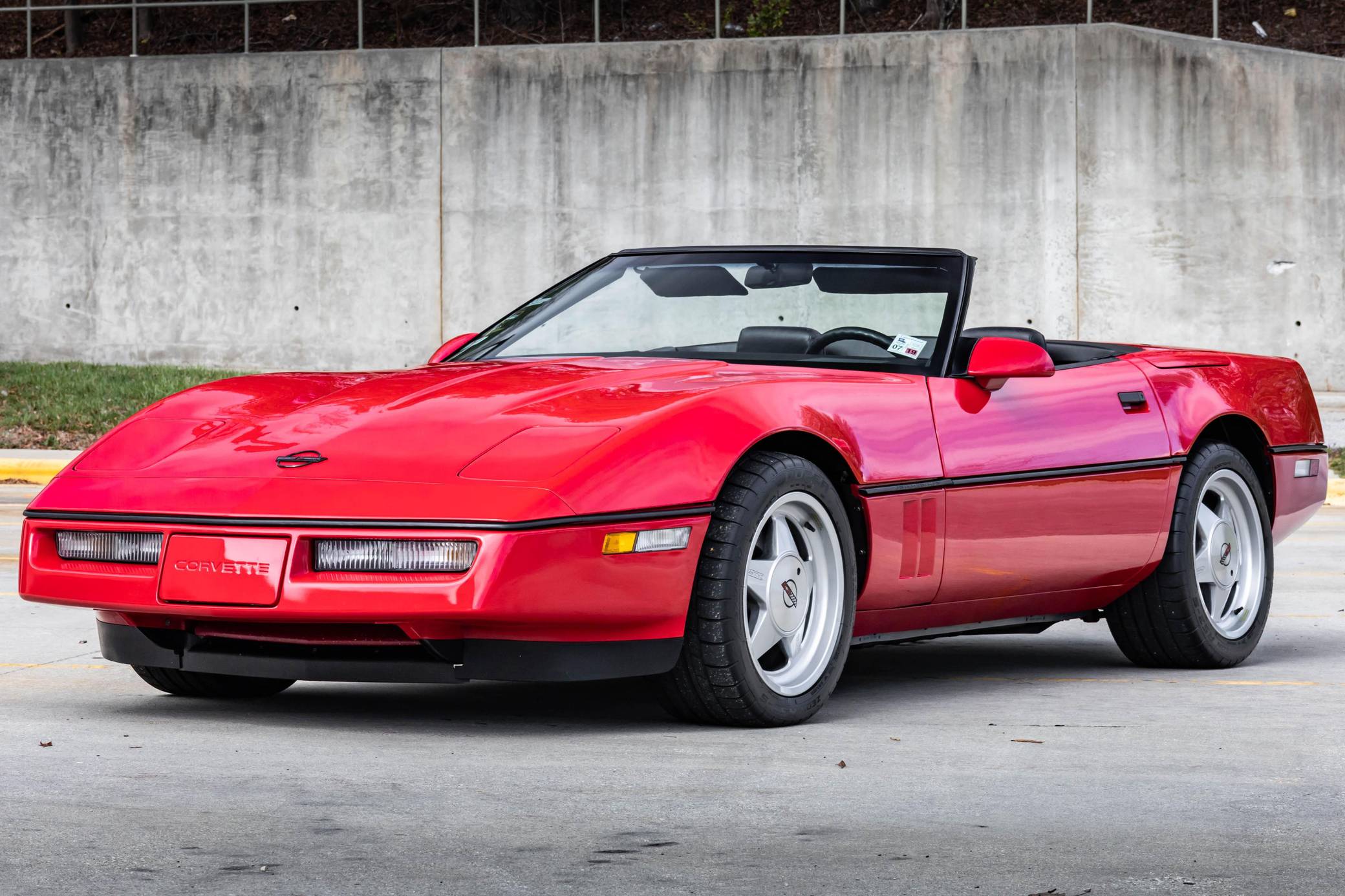
Since its inception in 1977, Callaway Cars, Inc. has been known for building modified versions of Chevrolet productions cars, most especially the Camaro and the Corvette. Callaway is so synonymous with the Chevrolet brand that their twin-turbo kit became a dealer production option (RPO) B2K, the “Callaway C4 Twin Turbo Corvette”, which was introduced in 1987. Over the next five years, Chevrolet would go on to sell 510 of the Callaway Twin Turbo Corvettes, bolstering the relationship between Callaway and Corvette for all time.
The Twin Turbo body was a modification to the factory C4 body. It became known as the Callaway AeroBody, and while it was initially offered as part of the Twin-Turbo package, it later became available to consumers wishing to enhance the appearance of their production Corvettes. On the performance side, the 1987 production version of the Callaway Twin Turbo (B2K option) provided consumers with a 345 horsepower, 465 lb ft of torque variant, which produced a top speed of 178 miles per hour at a price of just over fifty-thousand dollars. For its time, the Callaway Corvette brought Chevrolet performance to on par with manufacturers like Ferrari and Lamborghini, whose comparable cars cost three-to-four times that of the Callaway Corvette.
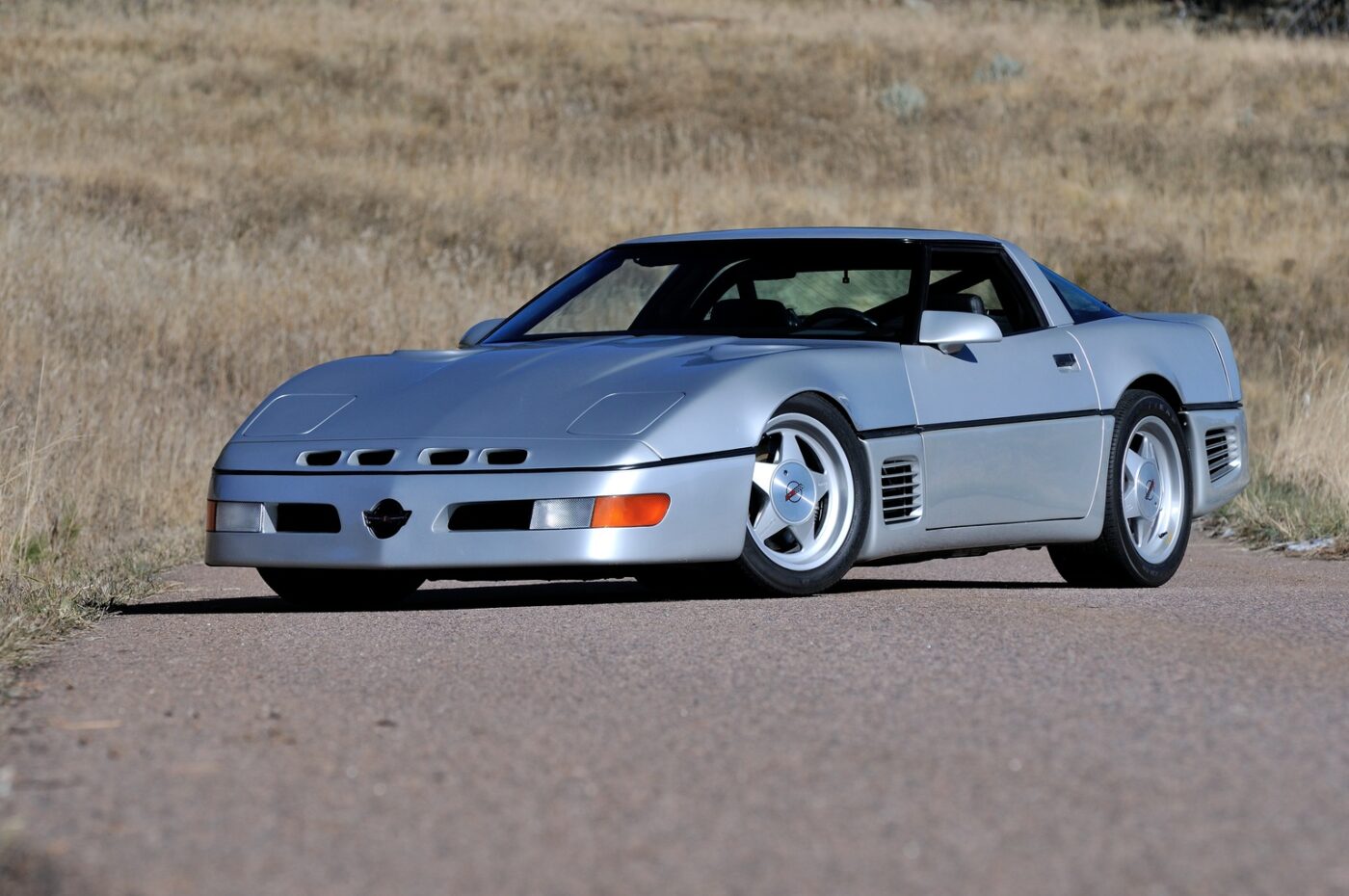
A derivative of the Twin Turbo, the ultimate Callaway Corvette of that era was known as the “Sledgehammer Corvette.” Until 1999, the “Sledgehammer” held the official World Street Legal speed record of 254.76 miles per hour. This record was recorded at Ohio’s Transportation Research Center in October, 1989. The car was driven to Ohio, tested there, and then returned to Connecticut on public roads, making it the fastest street drivable car in the world.
When Callaway set to work on his new super-Vette, he commissioned Canadian Paul Deutschman of Deutschman Design to develop the Callaway AeroBody. The focus of the design was to develop a body that provided aerodynamic stability and good under hood air management. Callaway was certain he could produce a powerplant that could propel his custom Corvette well into the 240+ mile per hour range, and he needed a chassis that would not buckle at such high speeds. He also needed to make certain that the engine compartment could properly vent the high volume of heat that this engine would produce when running wide open at such speeds.
Callaway wanted to build an example of what was possible with the new ZR1 and and turbocharging its LT5 engine. The result was a 898 bhp coupe that still retained luxuries such as air conditioning and a radio. Callaway achieved this power by using a NASCAR-spec block with Mahle pistons and forged connecting rods. The top end included a Brodix aluminum head which was fed by twin Turbonetics T04B turbochargers. The suspension was addressed by Carroll Smith who lowered the entire car one inch and fitting 17-inch Dymag aluminum wheels with specially-made Goodyear tires.
On October 26, 1988 at 3:45PM John Lingenfelter drove the Sledgehammer to its record speed of 254.76 mph on the 7.5 mile oval track at the Transportation Research Center (TRC) in Ohio.
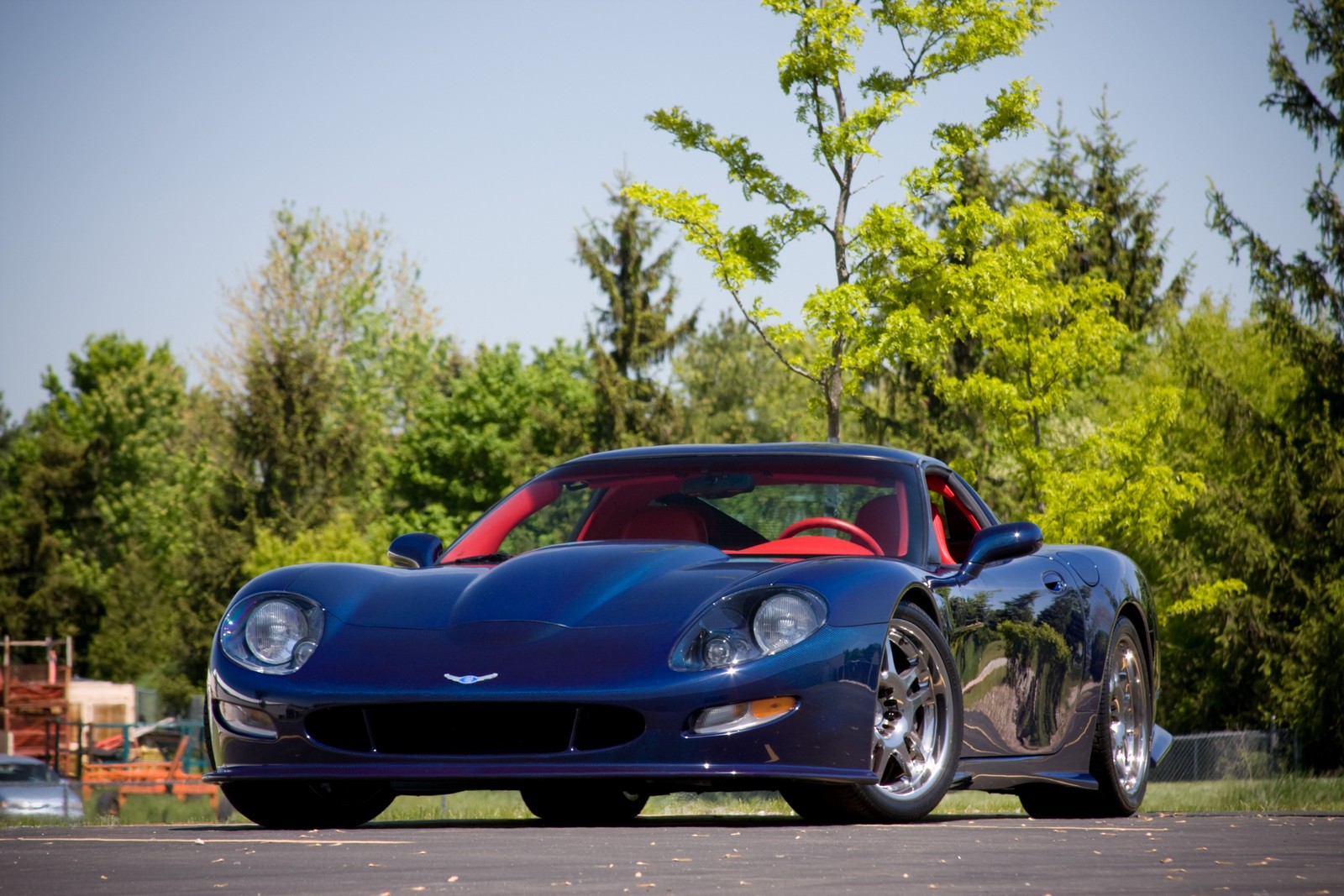
Callaway has since introduced other variants of the Chevrolet Corvette throughout the course of the company’s history with GM. In 1997, they introduced the Callaway C12, a completely redesigned fifth-generation Corvette that was developed to complete in the GT2 Class of the famous 24 Hours of Le Mans race. The street variant of the car was a complete reworking of the factory C5 Corvette, with only the roof and “greenhouse” (the windshield, the side windows, the rear glass and the supporting infrastructure) remaining from the original car. The car was limited to just 20 units and, per Callaway, was built “to a standard rather than a cost.” Prohibitively expensive for most, the car was sold to a select audience that included such names as Dale Earnhardt Jr., Rick Hendrick, Otis Chandler and Tommy Mattola.
In 2007, they introduced the Callaway C16, a fully custom variant based on the C6 Corvette. The C16 was marketed as an alternative to the Porsche 911 GT3, the Lamborgini Murcielago, the Ferrari F430 and the 599 GTB, and was offered in three different body styles – the Cabrio, Coupe and Speedster. All of these cars were sold by Callaway directly, and included a five year/50,000 mile powertrain warranty. Similar to the C12 before it, the only remnants of the original C6 that made it into the production C16 model were the roof panel, the rear hatch and the rearview mirrors. The car was produced from 2008 to 2012, and was most recognized for its substantial power outputs – 650 standard horsepower for the Coupe and Cabrio models, and 700 horsepower for the Speedster.
Prior to the introduction of the C7 Corvette in 2014, the Callaway C4, C12 and C16 Corvette variants were some of the most extreme, most powerful Corvette programs to date. While other, less aggressive Callaway variants have been introduced – ranging from body modifications to turbocharger and supercharger packages that can be purchased as bolt-on items to factory Corvette models – it is the Callaway customs that have always attracted the most attention from both consumers and enthusiasts alike.
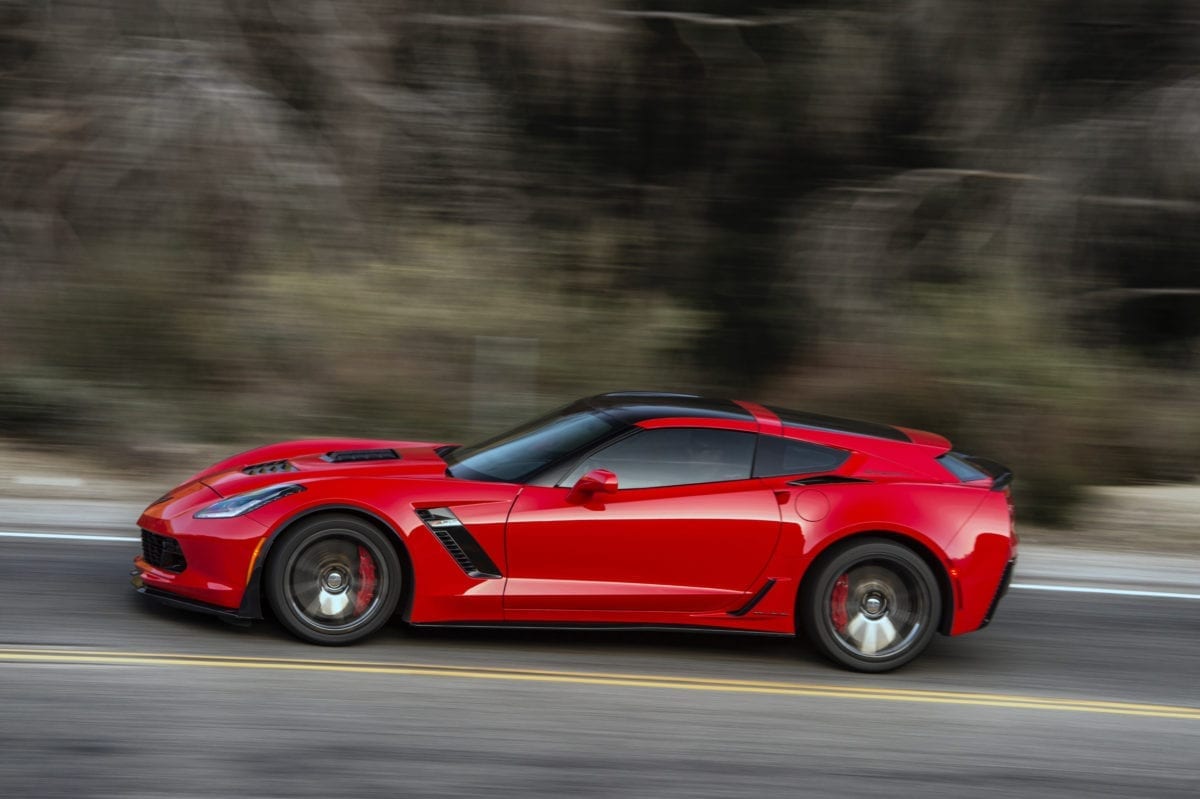
For the 2017 model year, Callaway has introduced the Corvette AeroWagen, a custom, “coach-built shooting brake” for any variant of the C7 Corvette Coupe including the Grand Sport and Z06 factory models as well as the Callaway SC 627 and SC 757 variants. The AeroWagen hatch assembly is a part-for part replacement of the original equipment Corvette rear hatch. It is such a direct fit that it continues to utilize the original hardware and latching mechanisms, and operates in the same fashion as the original equipment. The AeroWagen add-on is manufactured out of carbon fiber moldings and are pre-finished with a UV-protectant surface coat. They are fully prepared for a “paint to match” completion. The rear window panels are tempered safety glass and retain defogger functionality. Should consumers want to convert their C7 Corvette Stingray back to OEM, the standard hatch can also be re-installed.
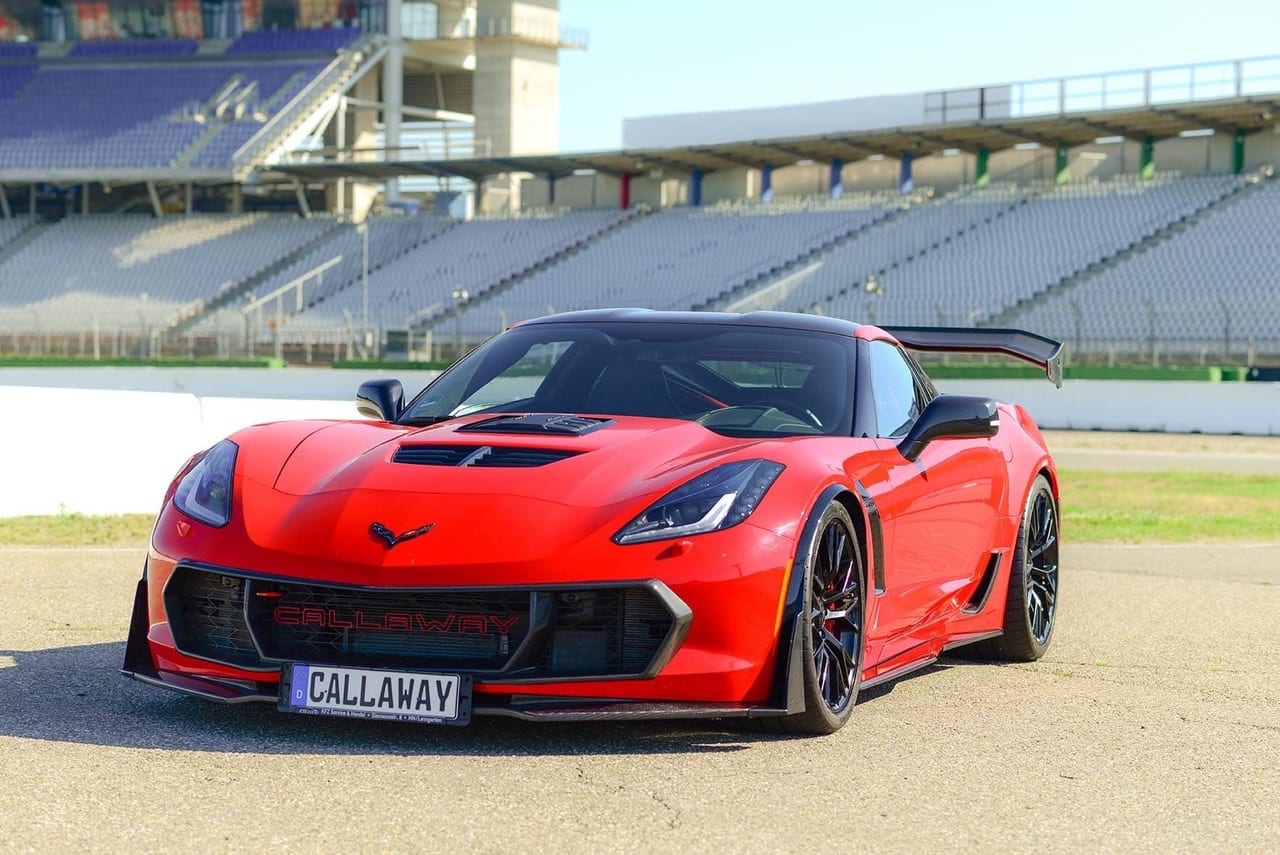
In addition to the AeroWagen hatch kit, Callaway has also introduced two fully customized variants of the C7 Corvette – The Callaway SC627 Stingray or Grand Sport, and the Callaway SC757 Z06.
Both variants come equipped with a Callaway “GenThree” Supercharger with a “TripleCooled” Intercooler system, a Callaway High-Flow Intake system, Callaway embroidered floor mats, Callaway door sill panels, exterior and interior Callaway badging, Callaway underhood plaque and vehicle identification number, Callaway key fobs, Callaway Corvette authenticity documentation and a 3 year/36,000 mile limited warranty (NOTE: The Callaway warranty supplements the GM factory warranty. For anyone looking for more information, please call 1-866-927-9400 toll-free for more information.)
When so equipped, the cars produce performance numbers that far exceed their factory counterparts. The SC627 (Stingray and Grand-Sport based variant) continues to feature the same 6.2 litire, 376 cubic inch engine, but with the aforementioned Callaway add-ons, now produces a maximum power output of 627 horsepower @ 6,400 rpm (SAE), and a maximum torque output of 615 lb-ft @ 4,400 rpm (SAE). The SC627 has a tested 0-60 time of just 3.4 seconds and a quarter mile time/speed of 11.0 seconds at 126 mph.
While the SC627’s numbers are impressive, the SC757 (Z06-based variant) numbers are just plain scary. Utilizing the same LT1 block, and incorporating the factory supercharger in addition to the aforementioned modifications, the SC757 has a maximum power output of 757 horsepower @ 6,500 rpm (SAE) and a maximum torque output of 777 lb-ft @ 4,500 rpm (SAE). When tested, the SC757 produced a 0-60 time of just 2.8 seconds with a quarter mile time/speed of 10.5 seconds at 131 miles per hour!
Both the SC627 and the SC757 can come equipped with the same AeroWagen package referenced above, and also include a number of additional options that can be ordered when purchasing a Callaway Corvette variant. These options include the aforementioned Shooting Brake package, the Callaway Sport Exhaust system, the Callaway “ShortThrow 7” speed shifter, a Carbon Flash Emblem Package (excluding the Z06), Callaway Nine Spoke Alloy Wheels (excluding the Z06), a Callaway Corvette car cover, the National Corvette Museum Delivery option, the Callaway Factory Delivery and a Callaway five year/60,000 mile limited powertrain service contract.
Both the SC627 and SC757 are assembled at Callaway’s manufacturing facilities in either Connecticut or California. For those looking to purchase the AeroWagen bolt on package only, Callaway can perform the installation at either of these facilities as well as at any Callway Authorized retailer.
We have curated some of the most stunning Callaway Corvette images from across the internet.
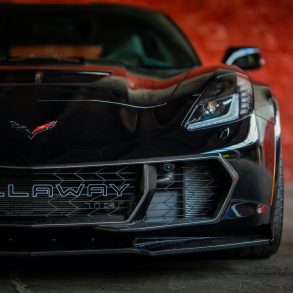
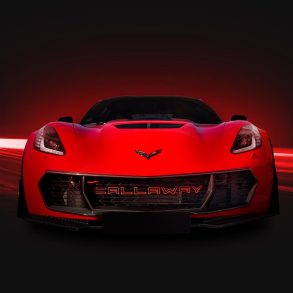
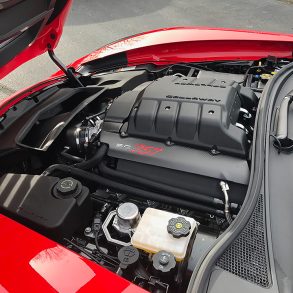
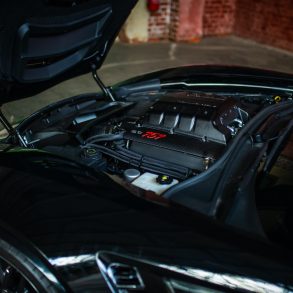
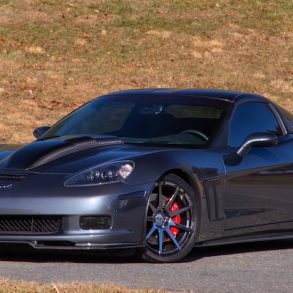
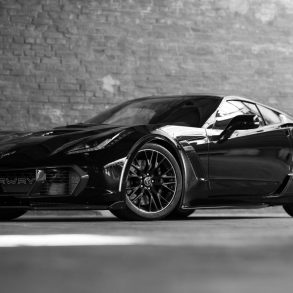
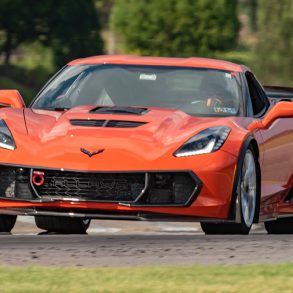
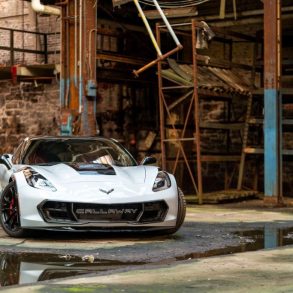
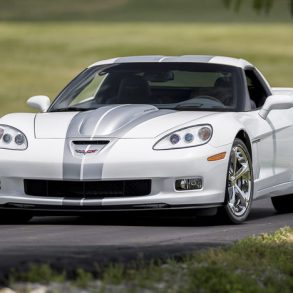
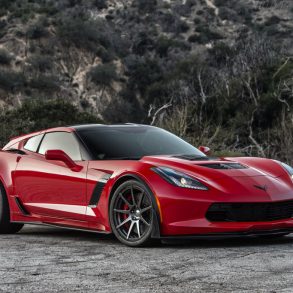
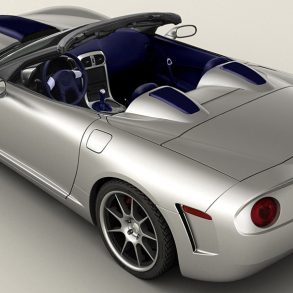
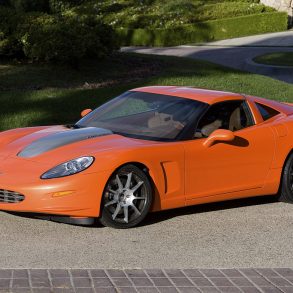
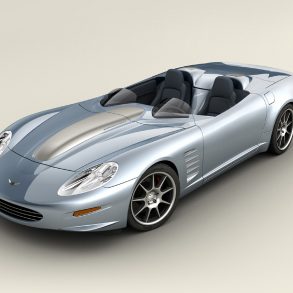
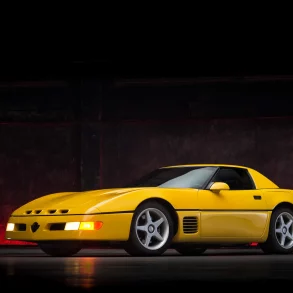
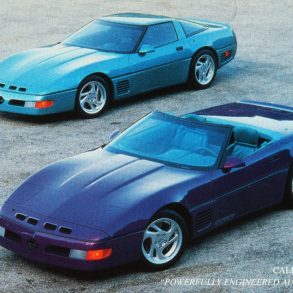
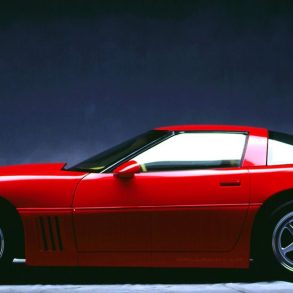
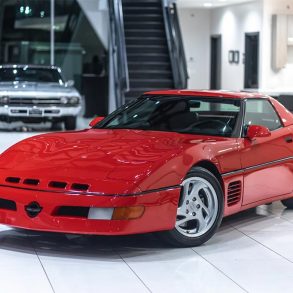
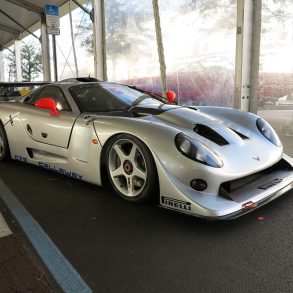
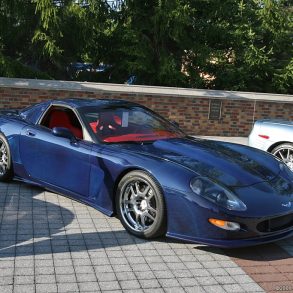
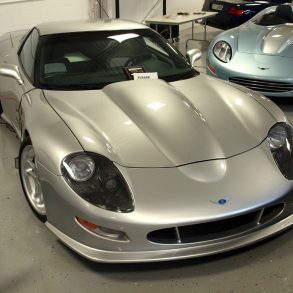
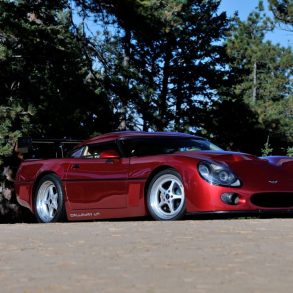
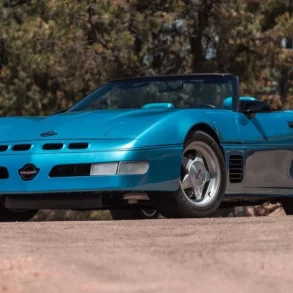
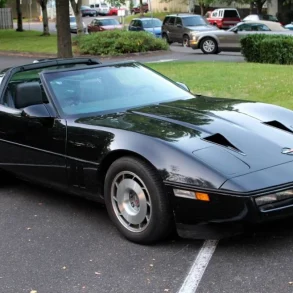
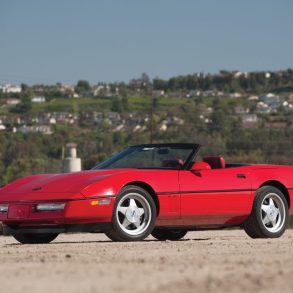
All the latest and greatest news and updates from the world of Callaway Corvette. We find rare Callaway Corvettes for sale and at upcoming auctions, we stare at stunning photography of Callaway Corvettes and we also share the Callaway updates and news about upcoming models.